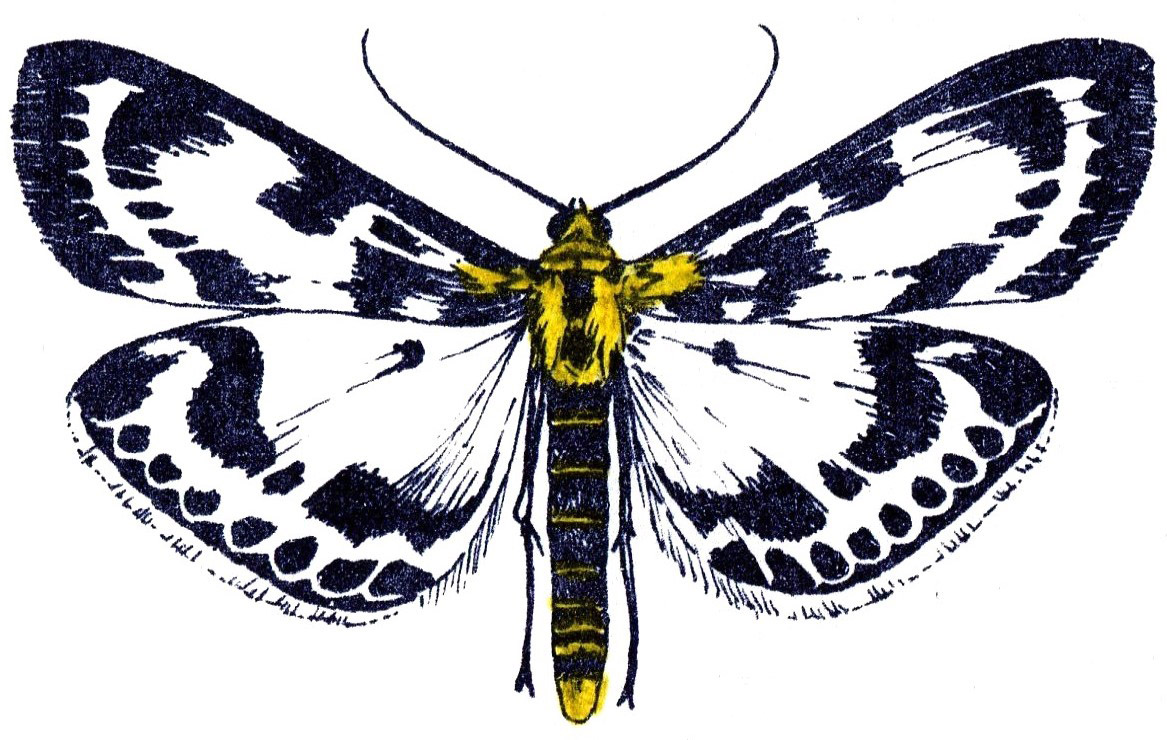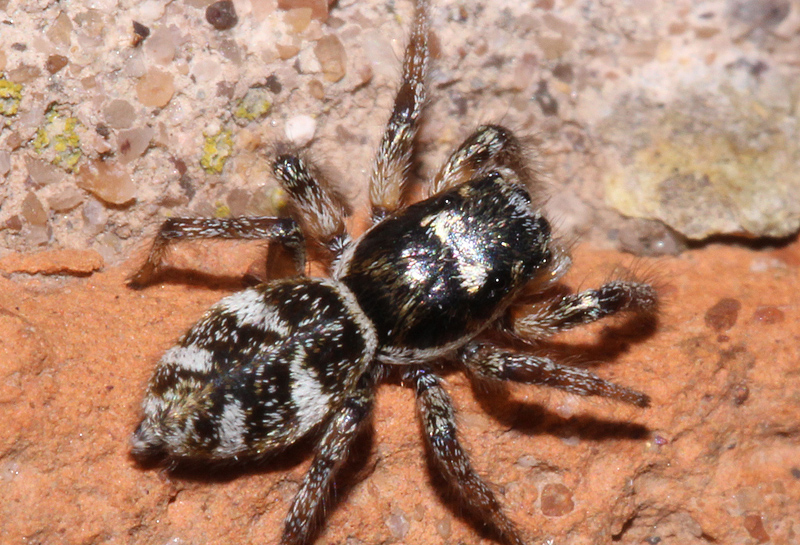
OUR INSECTS
Insects are, by far, the largest group of our arthropods. They are the most diverse and abundant of all our animals, and are found in almost every type of habitat. As adults, they can be recognised by having an exoskeleton (hard outer casing), a segmented body in 3 parts (head, thorax, abdomen), 6 jointed legs and a pair of antennae. Most of them also have wings.
Not only are they fascinating animals, but they also play major roles in our lives. Many are thought of as pests or as spreaders of disease, but insects are a vital part of our food-chain, our main pollinators, dispersers of seeds, and they help to decompose our waste. Some have also been found to have medical or forensic uses, provide products we can use or eat, or destroy species which are harmful. Others have proved to be ideal as models in scientific research or have features which have inspired modern technology. And insects are good indicators of the state of our environment.

There has been a serious decline in the number of insects in recent decades, with many at risk of extinction. Habitat loss, climate change, farming practices, pesticides, pollution, disease, and competition from introduced species have all taken their toll. Urgent action is therefore now needed to protect their future

... AND THEIR RELATIVES
Although insects are the main focus of our interest at DaNES, we also encompass their terrestrial and freshwater arthropod relatives, such as the millipedes, centipedes, woodlice, arachnids and springtails. These groups are distinct from the insects, but they do share the features characteristic of all arthropods – they are invertebrates, have an exoskeleton, segmented body, and multiple pairs of jointed legs.


